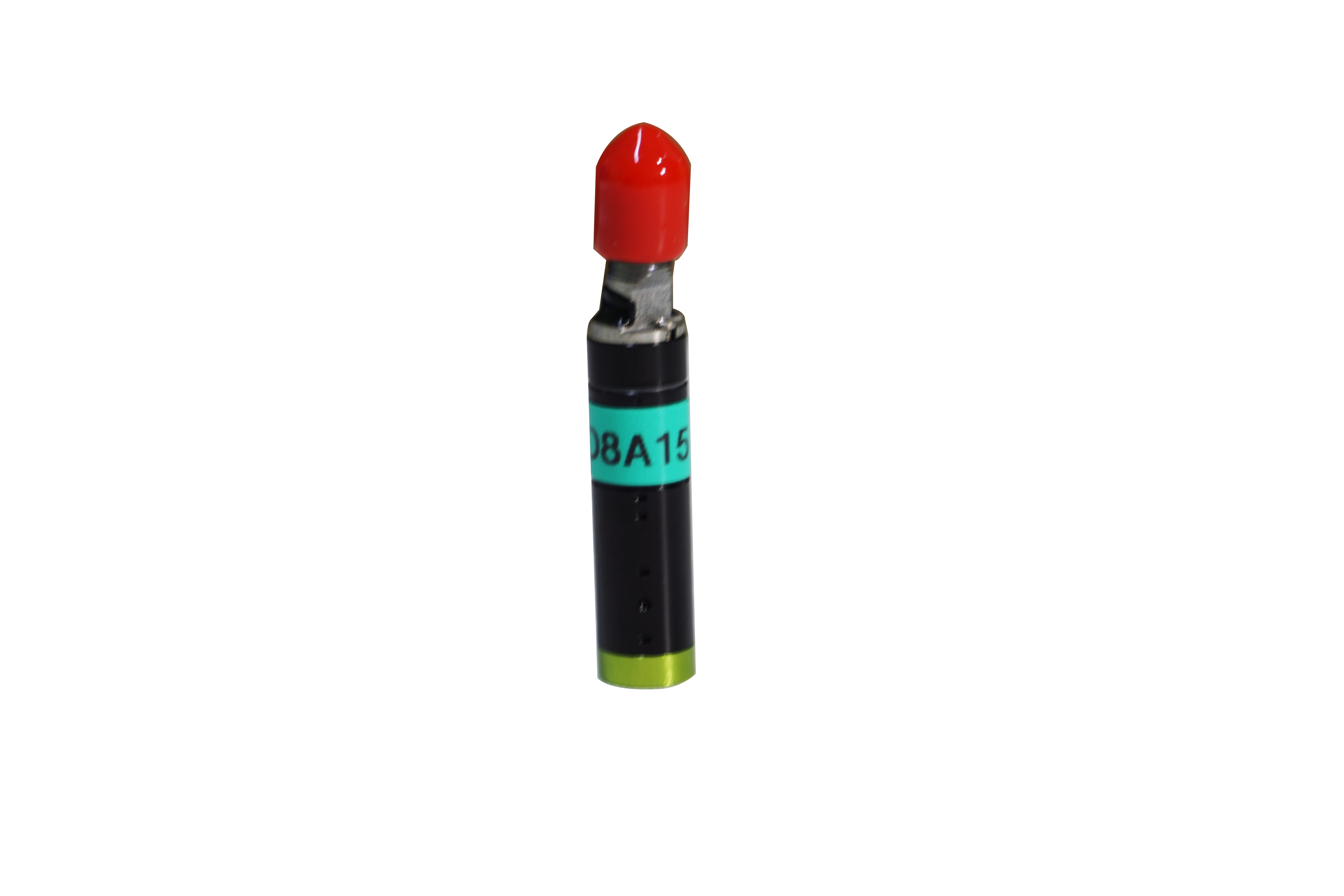2021-01-09
In 1960, a kind of magic light was born, it is the laser. The English name of Laser is Laser, taken from the English Light Amplification by Stimulated Emission of radiation of the first letter of the acronym. It means "light amplification by stimulated radiation". Because the laser has good characteristics in brightness, directivity, monochromism and coherence, it attracted the attention of many scientists as soon as it appeared, and was rapidly applied in industrial production, national defense military industry, real estate industry, scientific research institutions at all levels, engineering, anti-theft security and other industries and fields. Laser ranging is one of the applications of laser.
Working principle: When the transmission time laser sensor works, the laser diode is first aimed at the target to emit laser pulses. After the reflection of the target, the laser is scattered in all directions. Part of the scattered light is returned to the sensor receiver, which is received by the optical system and imaged to the avalanche photodiode. An avalanche photodiode is an optical sensor with an internal amplification function, so it can detect very weak light signals. The distance to the target can be measured by recording and processing the time elapsed from the light pulse to the return received. The laser sensor needs to accurately determine the transmission time because the speed of light is too fast. For example, the speed of light is about 3X10^8m/s, in order to achieve a resolution of 1mm, the electronic circuit of the distance sensor needs to be able to distinguish the following very short time: 0.001m(3X10^8m/s)=3ps, to distinguish the time of 3ps, which is too high requirements for electronic technology, and the cost is too high to achieve.
But today's laser displacement sensors cleverly avoid this obstacle, using a simple statistical principle, that is, the law of averages to achieve a resolution of 1mm, and can guarantee the response speed.




